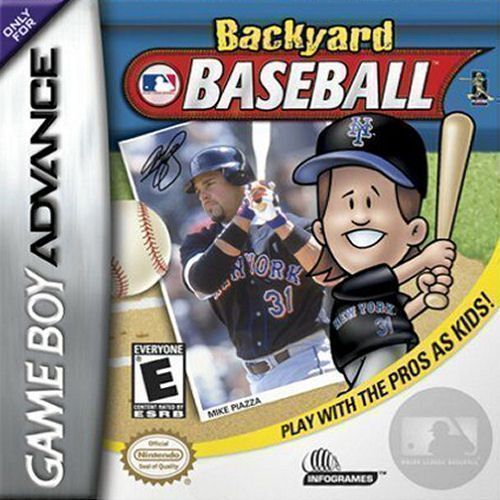

One odd addition to this game was a mercy rule, as the game ended after any inning in which a team held a 10-run lead, or the game stopped immediately if a 100-run lead was ever attained. Even better still, when you won a game you earned money, which could be used to improve your players' abilities throughout the course of the season.

Not only that, but it was also the first NES sports game to include a create-a-player feature. This meant that a season could be started and returned to, while cumulative statistics were kept. The Baseball Stars game was on par with the rest of the baseball gaming world when it was first released as far as gameplay and graphics are concerned, but one feature above all others places it in the upper echelon: the ability to save thanks to a built-in memory chip. The final SNES version had a fun glitch in which a split-finger fastball was impossible to hit if thrown up in the strike zone, but that was far from making it a great game. Bases Loaded 3 managed to reach an endorsement deal with Cubs second baseman Ryne Sandberg for the cover, but other than that, it had no tie to MLB. The fictional players changed from year to year and were actually rather cleverly named. It had neither MLB nor MLBPA licensing rights. However, from there on, only graphics improved, as gameplay was largely unchanged. The game itself improved significantly from its first installment to its second, as the designers improved perhaps the biggest flaw and changed the batting view from behind home plate to angled from the side, making it easier to hit.

The Bases Loaded series spanned eight total installments and started off on the NES before including titles on the SNES and finally Sega Saturn, as it spanned three generations of systems.


 0 kommentar(er)
0 kommentar(er)
